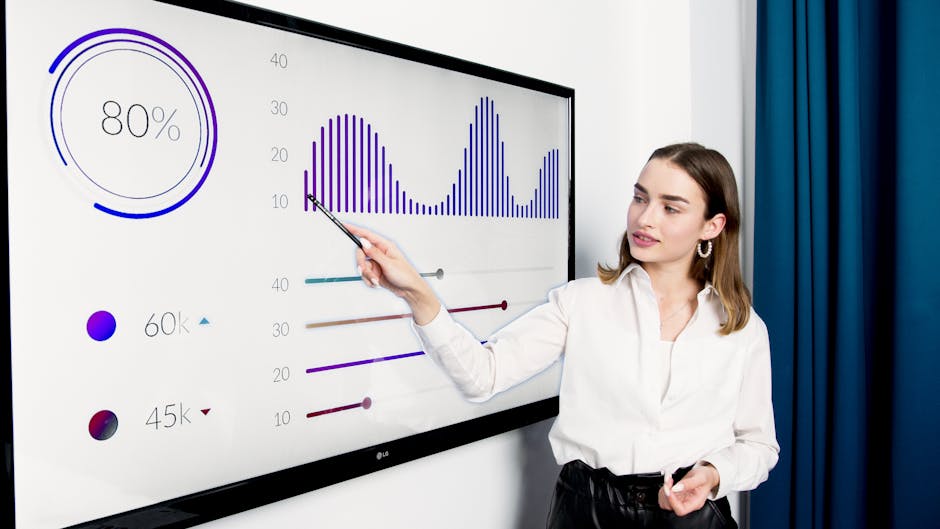Optimize Your Website Content for SEO Success

Optimize Your Website Content for SEO Success
Did you know that 75% of users never scroll past the first page of search results? If your website isn’t there, it’s like throwing a party and forgetting to send out invitations. 🎉 Optimizing your website content for SEO success is not just a nice-to-have; it’s a must-have. Let’s dive into the nitty-gritty of making your content shine in the vast digital ocean. However, nowadays there is a smart and effective way to help you get 450+ Extra Website Visitors Per Day and boost your Profits 3X (Without More Content or Backlinks)
Understanding SEO Basics
Before we get into the juicy details, let’s clarify what SEO is. Think of **SEO** (Search Engine Optimization) as the friendly librarian of the internet. It helps search engines find and rank your content. Here are some key components:
- Keywords: The phrases people type into search engines.
- On-page SEO: Optimizing individual pages for better rankings.
- Off-page SEO: Building authority through backlinks and social signals.
Understanding these elements is like knowing the rules of a game before you play. You wouldn’t jump into chess without knowing how the pieces move, right?
Keyword Research: The Treasure Map
Imagine you’re a pirate searching for buried treasure. Your **keywords** are the map that leads you to the gold. But how do you find the right keywords? Here’s the scoop:
- Use tools like Google Keyword Planner or Ahrefs to discover popular search terms.
- Look for long-tail keywords. These are less competitive and often convert better.
- Analyze competitors. What keywords are they ranking for? Steal their secrets! 🏴☠️
For example, if you run a bakery, instead of just targeting “bread,” aim for “gluten-free artisan bread.” It’s more specific and attracts a targeted audience.
Crafting Engaging Content
Now that you have your keywords, it’s time to create content that captivates. Think of your content as a delicious dish. You want it to be flavorful and satisfying. Here’s how:
- Start with a catchy headline. It’s the first thing people see, so make it pop!
- Use subheadings to break up text. This makes it easier to read and helps with SEO.
- Incorporate multimedia. Images, videos, and infographics can enhance user experience. 📸
Remember, Google loves fresh content. Regularly update your blog or website to keep it relevant. A stale website is like last week’s bread—nobody wants it!
On-Page SEO: The Fine-Tuning
On-page SEO is where the magic happens. It’s like tuning a guitar before a concert. Here are some essential tips:
- Optimize title tags and meta descriptions. These are your first impressions in search results.
- Use header tags (H1, H2, H3) to structure your content. This helps search engines understand your hierarchy.
- Include internal links. They guide users to more of your content and keep them on your site longer.
For instance, if you mention a blog post about “baking tips,” link to it! This not only helps with SEO but also provides value to your readers.
Mobile Optimization: The New Frontier
With over half of all web traffic coming from mobile devices, optimizing for mobile is no longer optional. It’s like trying to fit into your high school jeans—painful if you don’t prepare! Here’s what to do:
- Ensure your website is responsive. It should look good on any device.
- Optimize loading speed. A slow site is a surefire way to lose visitors. ⏳
- Use large, readable fonts. Nobody wants to squint at their screen!
Google’s mobile-first indexing means it primarily uses the mobile version of your site for ranking. So, if your site isn’t mobile-friendly, you’re missing out on potential traffic.
Building Backlinks: The Social Proof
Think of **backlinks** as votes of confidence from other websites. The more quality backlinks you have, the more credible you appear to search engines. Here’s how to build them:
- Guest blogging: Write for other sites in your niche and include a link back to your site.
- Engage in online communities. Answer questions on forums like Quora and link back to relevant content.
- Create shareable content. Infographics and original research often get shared and linked to. 📊
For example, a well-researched article on industry trends can attract attention and links from other bloggers and journalists.
Monitoring and Adjusting: The Ongoing Journey
SEO is not a one-and-done deal. It’s an ongoing journey, much like maintaining a garden. You need to monitor your progress and adjust as needed. Here’s how:
- Use tools like Google Analytics to track traffic and user behavior.
- Monitor keyword rankings with tools like SEMrush.
- Regularly audit your content for updates and improvements.
Staying on top of your SEO game is crucial. Trends change, and so do algorithms. Adaptability is key! 🔑
Conclusion
Optimizing your website content for SEO success is a blend of art and science. From keyword research to engaging content and building backlinks, each step is vital. Remember, it’s not just about attracting traffic; it’s about attracting the right traffic. So roll up your sleeves, get to work, and watch your website soar to new heights, pleasure to refer the new smart way that help you to get 450+ Extra Website Visitors Per Day and Boosts Your Profits 3X (Without More Content or Backlinks)! 🚀




